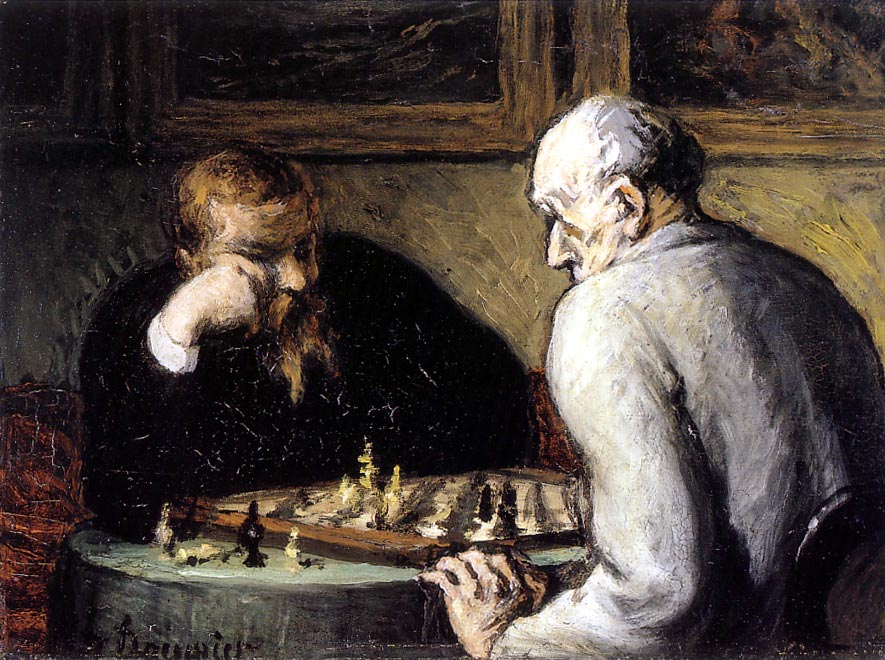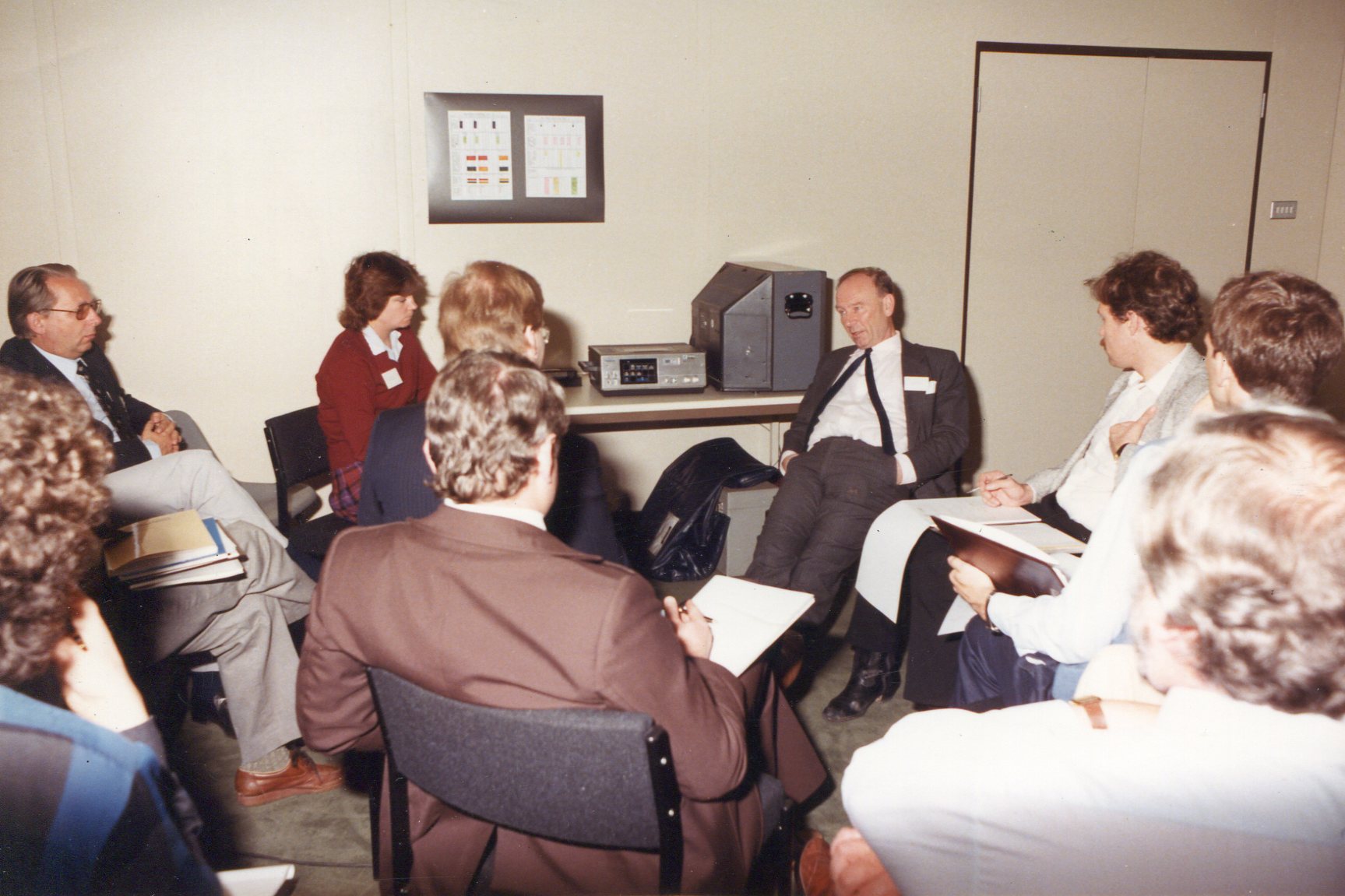
All pages and blog posts

Blog

AI Timelines

AI Timelines

Blog

Blog

Range of Human Performance

Blog

Blog

Blog

Blog